Cardiovascular health may be further endangered by microplastic particles that find their way into human blood, a new study suggests.
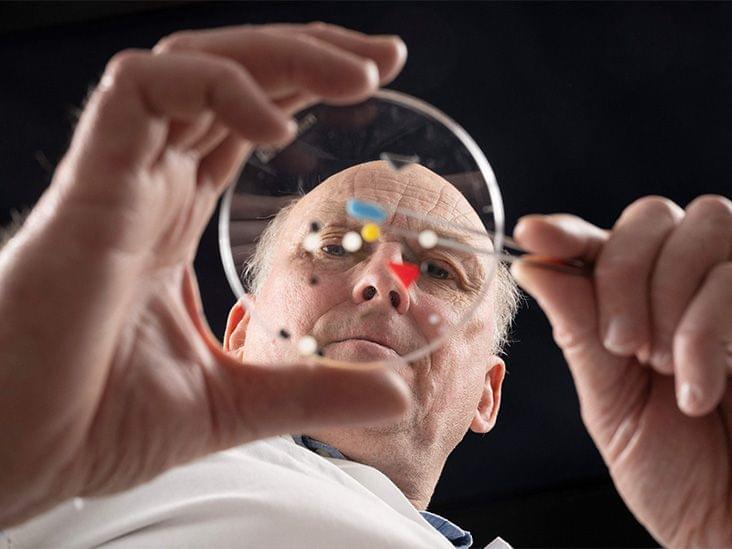

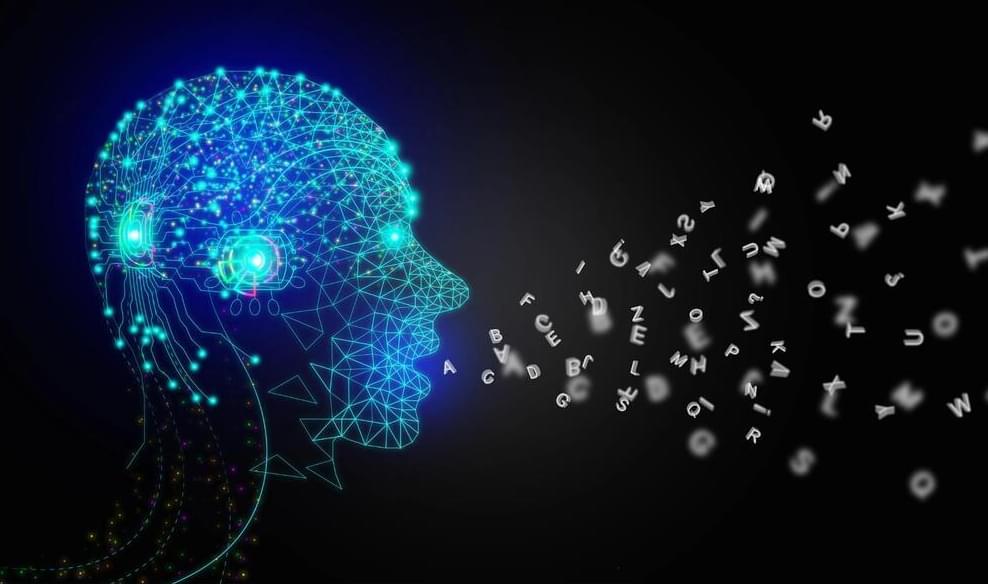
As the world’s population continues to grow and age, the healthcare system in different geographies is inching closer to the brink of collapse. According to the World Health Organization, the current number of health workers, including physicians, radiologists, and other professionals, is not sufficient to handle the rising caseload. On top of it, the increased stress and burnout stemming from the surge in cases is pushing many to exit the field, further reducing the number of practicing workers. Becker Health estimates show that nearly 72,000 American physicians left the workforce between 2021 and 2022, and some 30,000 who will join the workforce will not be enough to meet the growing demand.
At the core, both these challenges – the rising caseload and dwindling workforce – are leaving one major impact: diminished quality of patient care. This is where the much talked about generative AI can come in, saving healthcare staffers valuable time and resources and enabling them to focus on enhancing clinical outcomes.
First off, it’s important to understand AI is not new in healthcare. Organizations have been experimenting with predictive and computer vision algorithms for a while now, most notably to forecast the success of treatments and diagnose dangerous diseases earlier than humans. However, when it comes to generative AI, things are still pretty fresh, given the technology came to the forefront just a couple of years ago with the launch of ChatGPT. Gen AI models use neural networks to identify patterns and structures in existing data and generate new content such as text and images. They are applicable across sectors, including healthcare – where organizations cumulatively generate about 300 petabytes of data every single day.
Episode Disclaimer — The views presented in this episode are those of the speaker and do not necessarily represent the views of the United States Department of Defense (DoD) or its components.
Dr. Diane DiEuliis, Ph.D. is a Distinguished Research Fellow at National Defense University (NDU — https://www.ndu.edu/), an institution of higher education, funded by the United States Department of Defense, aimed at facilitating high-level education, training, and professional development of national security leaders. Her research areas focus on emerging biological technologies, biodefense, and preparedness for biothreats. Specific topic areas under this broad research portfolio include dual-use life sciences research, synthetic biology, the U.S. bioeconomy, disaster recovery, and behavioral, cognitive, and social science as it relates to important aspects of deterrence. Dr. DiEuliis currently has several research grants in progress, and teaches in foundational professional military education.
Prior to joining NDU, Dr. DiEuliis was Deputy Director for Policy, and served as Deputy Assistant Secretary for Policy and Planning in the Office of the Assistant Secretary for Preparedness and Response (ASPR), Department of Health and Human Services. She coordinated policy and research in support of domestic and international health emergencies, such as Hurricane Sandy, and Ebola outbreaks. She was responsible for implementation of the Pandemic All-Hazards Preparedness Act, the National Health Security Strategy, and supported the Public Health Emergency Medical Countermeasures Enterprise (PHEMCE).
From to 2007 to 2011, Dr. DiEuliis was the Assistant Director for Life Sciences and Behavioral and Social Sciences in the Office of Science and Technology Policy (OSTP) in the Executive Office of the President. During her tenure at the White House, she was responsible for developing policy in areas such as biosecurity and biodefense, synthetic biology, social and behavioral science, scientific collections, and biotechnology. Dr. DiEuliis also worked to help coordinate agency response to public health issues such as the H1N1 flu.
Prior to working at OSTP, Dr. DiEuliis was a program director at the National Institutes of Health (NIH), where she managed a diverse portfolio of neuroscience research in neurodegenerative diseases. She completed a fellowship at the University of Pennsylvania in the Center for Neurodegenerative Disease Research and completed her postdoctoral research in the NIH Intramural research program, where she focused on cellular and molecular neuroscience.
Dr. DiEuliis is a National Merit Scholar, and has a Ph.D. in biology from the University of Delaware in Newark, Delaware. She is the author of over 70 publications.
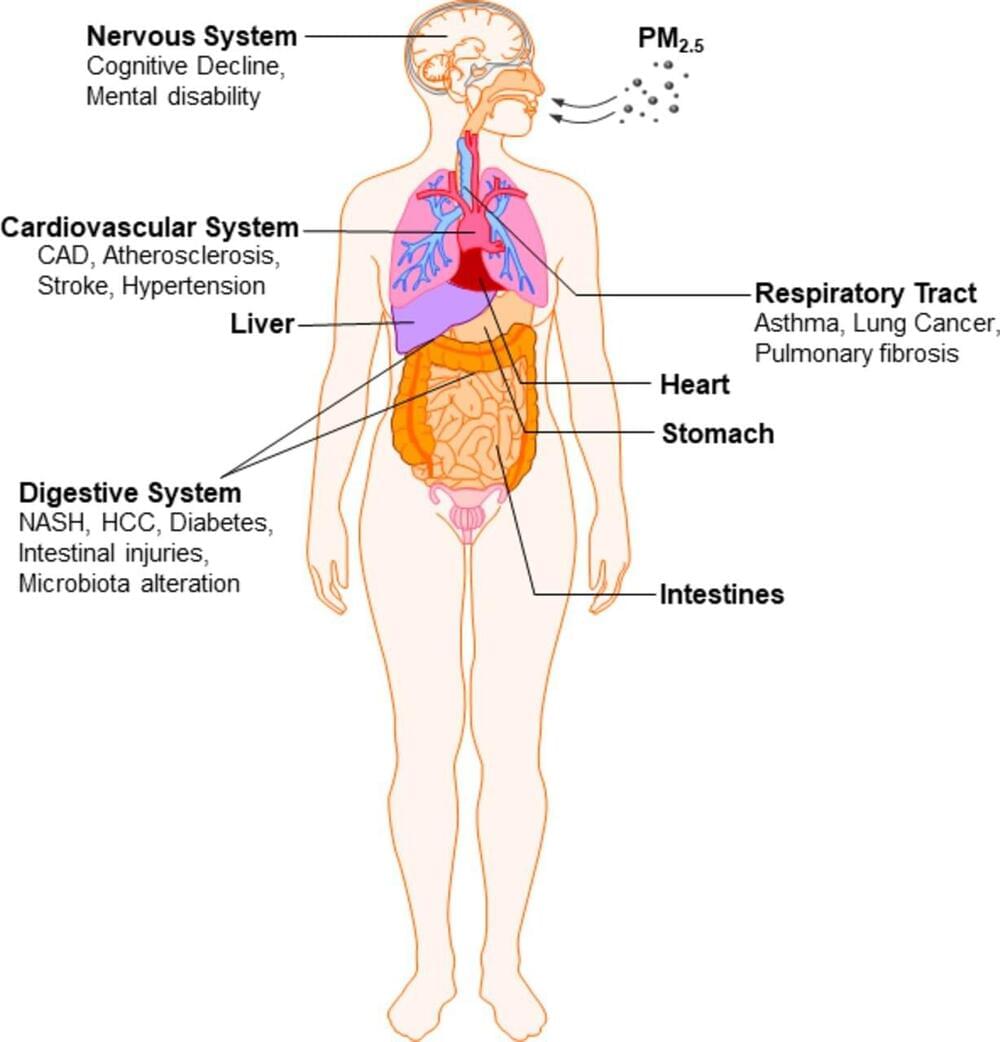
Fine air particles, less than 2.5 micrometers in diameter (PM2.5), are a major air pollutant linked to various health problems. These particles can travel deep into the lungs and even enter the bloodstream when inhaled. Recent research suggests a major health concern: PM2.5 exposure can also damage the digestive system, including the liver, pancreas, and intestines.
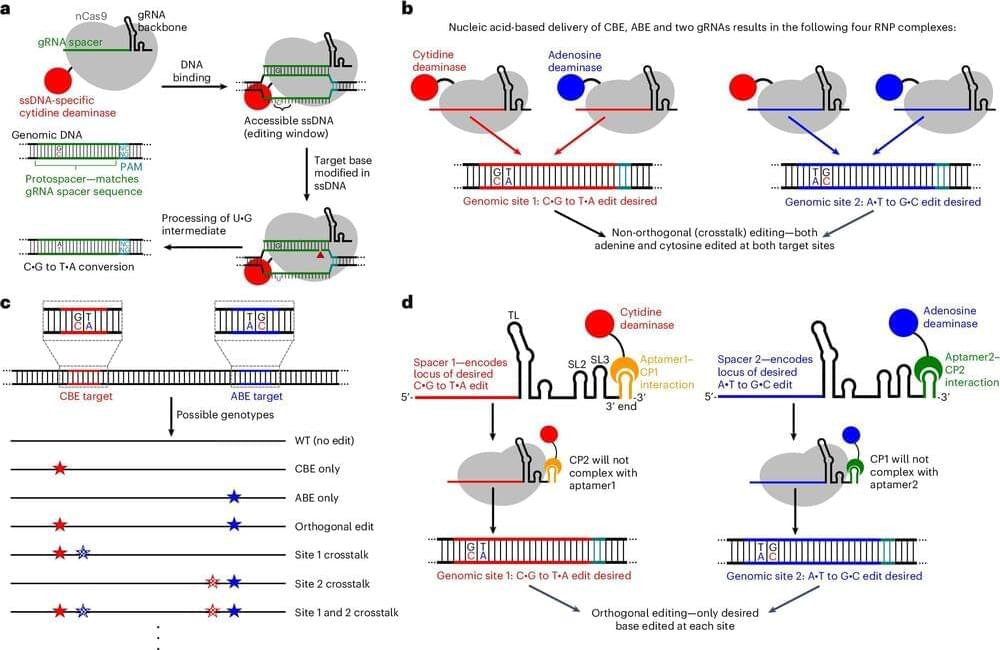
The human genome consists of around 3 billion base pairs and humans are all 99.6% identical in their genetic makeup. That small 0.4% accounts for any difference between one person and another. Specific combinations of mutations in those base pairs hold important clues about the causes of complex health issues, including heart disease and neurodegenerative diseases like schizophrenia.

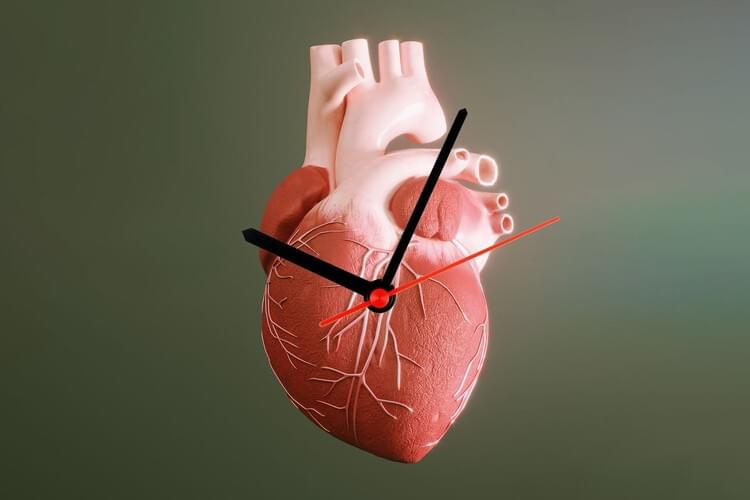

Elon Musk traveled to Bali this weekend to officially launch Starlink, the SpaceX satellite internet service, in Indonesia this Sunday.
At a launch event with ministers in a health clinic in Indonesia, Musk stressed the significance of providing internet access to far-reaching corners of the vast archipelago, comprised of 17,000 islands across three time zones.

Researchers at the Francis Crick Institute, the National Cancer Institute (NCI) of the U.S. National Institutes of Health (NIH) and Aalborg University in Denmark have found that vitamin D encourages the growth of a type of gut bacteria in mice which improves immunity to cancer.
Reported today in Science, the researchers found that mice given a diet rich in vitamin D had better immune resistance to experimentally transplanted cancers and improved responses to immunotherapy treatment. This effect was also seen when gene editing was used to remove a protein that binds to vitamin D in the blood and keeps it away from tissues.
Surprisingly, the team found that vitamin D acts on epithelial cells in the intestine, which in turn increase the amount of a bacteria called Bacteroides fragilis. This microbe gave mice better immunity to cancer as the transplanted tumours didn’t grow as much, but the researchers are not yet sure how.

A new AI-based analytical technique reveals that specific language phrasing in Reddit misinformation posts foretold people rejecting COVID vaccinations.